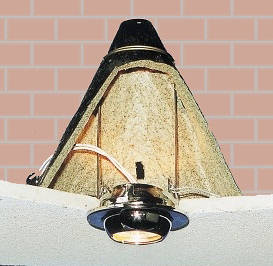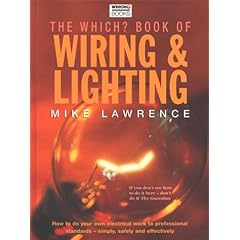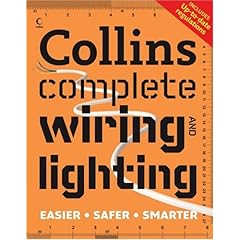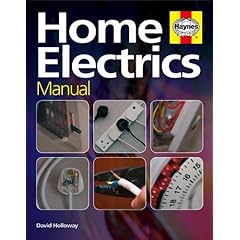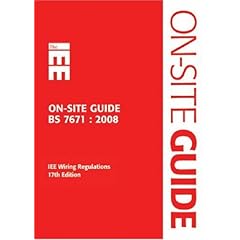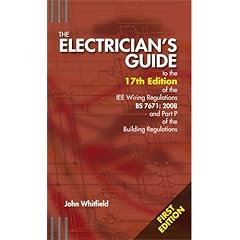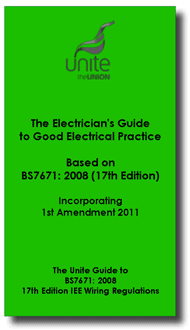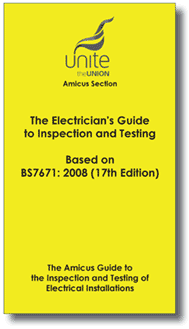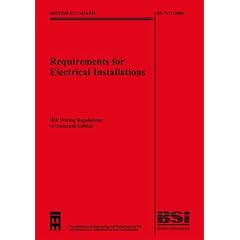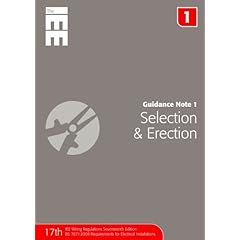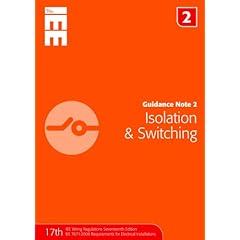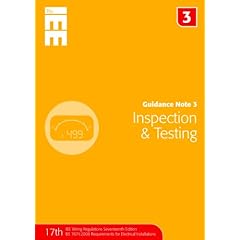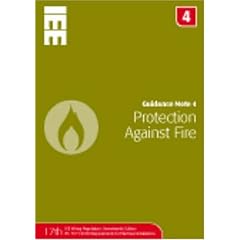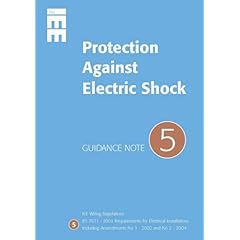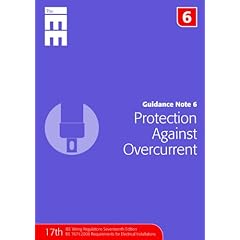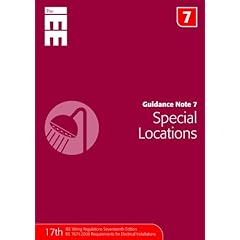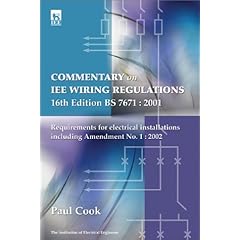) HALOGEN LAMP BASES
There are 2 common types of mains halogen lamp bases,GZ10 and GU10.


GZ10 lamps are the dichroic (cool beam) type, where a lot of heat comes out of the back, and GU10s have internal reflectors (the lamps are also known as PARxx - Parabolic Aluminium Reflector<size>) where the heat comes out forwards.
If you look you'll see that you can put a GU10 lamp in a GZ10 fitting, but not the other way around. This was done so that you couldn't put a dichroic lamp into a luminaire designed for PAR lamps, as the rearward-reflected heat would damage it.
Well guess what - people have now started making dichroic GU10s
If a luminaire has a GU10 base, then unless the instructions explicitly say otherwise, you must only use PAR GU10s in it, not dichroic.
There are 2 common types of mains halogen lamp bases,GZ10 and GU10.


GZ10 lamps are the dichroic (cool beam) type, where a lot of heat comes out of the back, and GU10s have internal reflectors (the lamps are also known as PARxx - Parabolic Aluminium Reflector<size>) where the heat comes out forwards.
If you look you'll see that you can put a GU10 lamp in a GZ10 fitting, but not the other way around. This was done so that you couldn't put a dichroic lamp into a luminaire designed for PAR lamps, as the rearward-reflected heat would damage it.
Well guess what - people have now started making dichroic GU10s
If a luminaire has a GU10 base, then unless the instructions explicitly say otherwise, you must only use PAR GU10s in it, not dichroic.







